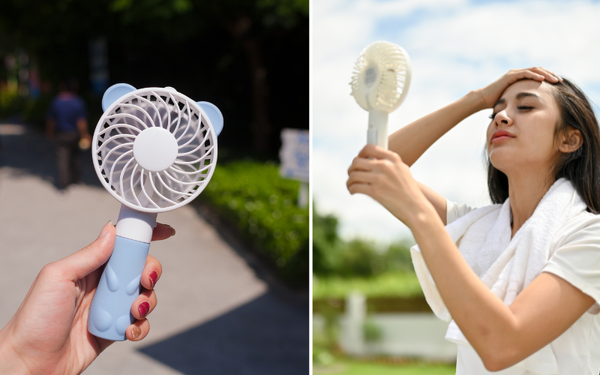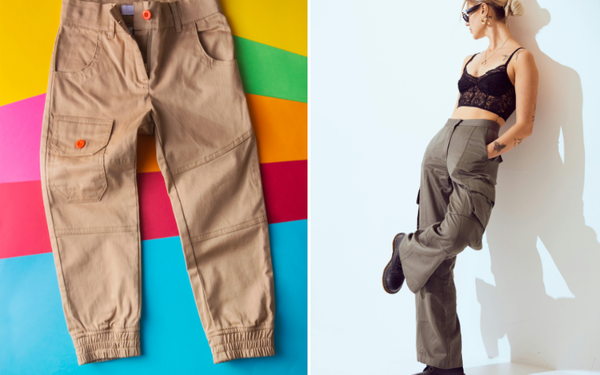As an adult, there are few simpler pleasures than swinging from a tree on a warm summer day. Whether you're seeking a moment of relaxation or a lighthearted escape from the stresses of daily life, a well-made tree swing can rekindle your sense of wonder and joy.
But with so many different materials and styles to choose from, finding the perfect tree swing for your needs can pose a challenge.
In this guide, we'll take a closer look at the different types of materials commonly used for tree swings and help you make an informed decision about the right one for your specific needs.
Wood
For many people, a wooden tree swing is the quintessential choice. It blends in with natural surroundings, and there’s something timeless and classic about it that is hard to beat. Cedar, cypress, and oak are common choices for wooden tree swings, as they are durable and weather-resistant. But keep in mind that wood does require some maintenance to prevent rot and decay. You will need to apply a sealant or preservative at regular intervals, especially if the swing is directly exposed to the elements, to keep it looking and feeling great.
Metal
If you're looking for something a bit more modern and sleek, a metal tree swing may be just what you need. Metal swings are incredibly resistant to wear and tear, and they won't warp, rot, or splinter like wooden swings. Steel and wrought iron, in particular, are often used for this purpose, and they’re coated with a rust-resistant finish to protect them from the elements. Just be aware that metal swings tend to heat up quickly in the sun, making them uncomfortable to sit on during the hotter months.
Recycled Plastic
More eco-conscious homeowners are opting for recycled plastic tree swings, as it’s a fast-growing trend that is durable and supports sustainability. These swings are made from recyclable materials, which minimizes waste. And unlike wooden swings, these don't require any maintenance, making them a low-maintenance and comfortable choice. The plastic is UV resistant, so it won't fade or discolor, and you don't have to worry about rot or splintering. Furthermore, they are also safer because they don’t have any sharp or rough edges that can hurt you.
Wicker
Wicker swings are popular among those who want to add a touch of bohemian chic to their outdoor space. These swings are made from woven natural materials, often bamboo or rattan, and they have a delicate, earthy look that can appeal to many. They may not be as durable as other swings and will require occasional maintenance to keep them looking their best, but they certainly make up for what they lack in durability with their stunning design and functionality.
Conclusion:
Choosing the best material for your tree swing depends on your personal preferences and the environment you live in. Wood, metal, recycled plastic, and wicker are all excellent options, each with its unique benefits and drawbacks. Take the time to consider your needs, weigh the pros and cons of each material, and select the one that fits both your budget and your aesthetic preferences. With the right swing, you can enjoy the simple pleasure of swinging from a tree for many years to come. Happy swinging!










